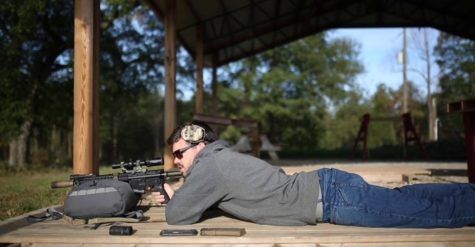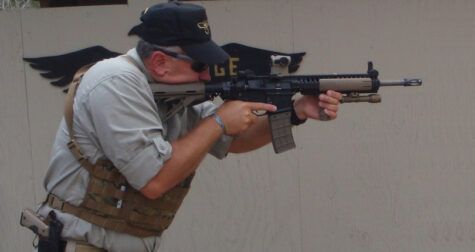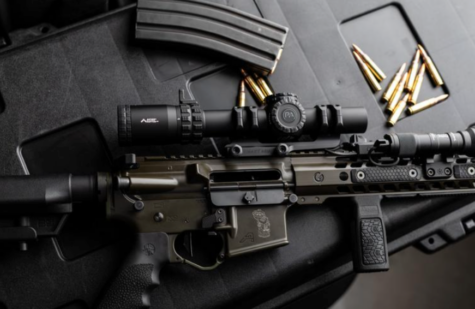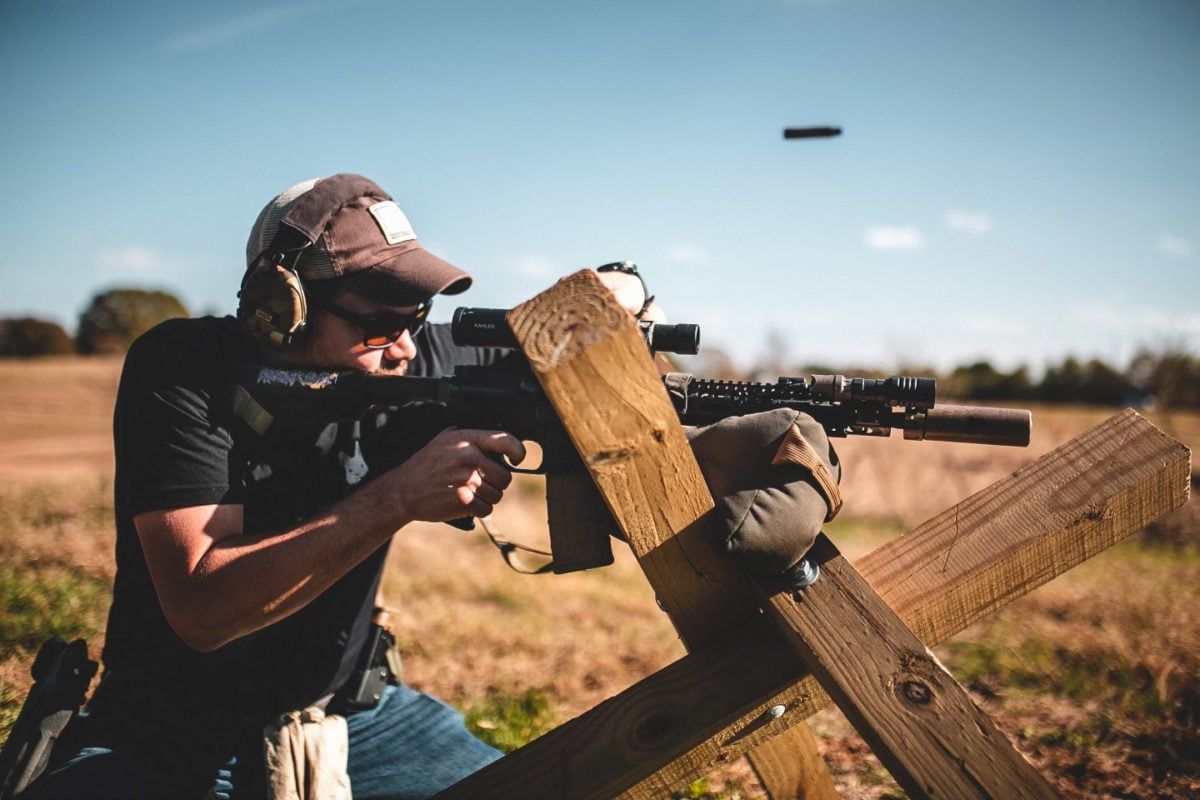
In part two of our series with Mark Smith of JBS Training Group on LPVO basics, we discuss magnification considerations, first vs. second focal plane, and the importance of a quality optic mount. Click here to see Part 1 of our interview on reticle selection and the reason why he recommends an LPVO.
Also make sure to check out other recent articles we’ve done with Mark.
Mark Smith of JBS Training Group – Best LPVO Setup and Considerations
Mark Smith of JBS Training Group – Range Mindset & Training the Individual
High Scope Mounts on the AR-15 – A Q&A with Mark Smith
As with any major firearms purchase, please do your own research and be sure to ask any questions you have in the comments below.
Q: In regards to LPVO basics, when shopping for an LPVO, how much attention should you pay to the magnification range?
Mark Smith – JBS Training Group – Generally speaking, the human eye can see and recognize a person out to 100 yards. Beyond that, things start to fuzz together, get distorted, and you perhaps cannot make out what you need to. If I am gaming or plinking, I personally want 1x for every 100 yards. If I am using this gun for work in a professional capacity or even as a hunting gun; I want 2x for every 100 yards. Sometimes the world has a way of putting you in an odd position where you can’t quite see as good as you might want to.
So, if I am shooting out to 300 yards, I want a 1-6x. I can’t shoot what I cannot see, and the 6x will allow me to do headbox sized targets at 300 yards, assuming I know my holds and my marksmanship fundamentals. Your readers might ask, well, what about 4x? Is 4x doable? Probably…if the conditions are perfect. However, if there is any kind of low light situation or any obstruction within the visual plane, it’s going to be a lot better if you have that extra 2x.
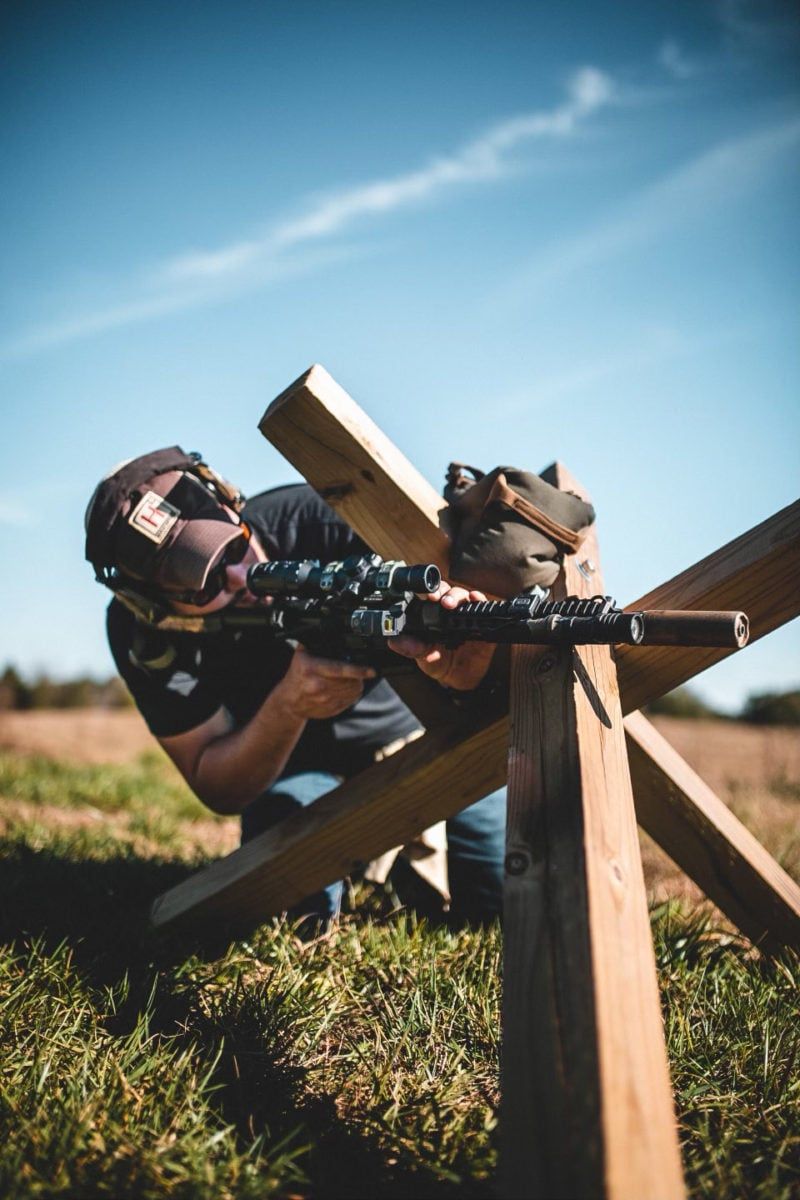
What you also need to know is that there is something in LPVOs called an eye box. If I was going to explain eye box to someone new to LPVOs, I’d describe the eye box as the amount of play you have on where you can move your eye around and still see the image coming through the scope. The higher you go in power, the more restrictive that eye box is going to become.
I’ll tell you this: Most people don’t need a 10x scope. I think for most people, the 1-6x range is a pretty awesome place to be. We don’t run into some of the issues as hard as we do when running some of the higher magnification powers. The problem that continues with some of these higher magnification powers is there is something called parallax.
Parallax is basically the optical illusion that occurs in between the shooter’s eye and the target. The reticle appears to be somewhere that it actually is not, based on how restrictive the eye box is and other factors. For those new to LPVOs, the simple gist is it is exacerbated by higher magnification. This is why on a higher magnification scope like a 5-25x, they have a parallax adjustment.
With an LPVO, that parallax is generally fixed at 100 or 150 yards or something like that. Anything beyond that, or inside of that, parallax can absolutely show up, much to our detriment.
The way you mitigate that is to make sure your eyeball is perfectly centered in that optic. I bring this up because once we diminish our eye box, we also reduce our ability to make adjustments quickly on the fly and get centered in that glass. It’s something to consider.
The bottom line is when it comes to what LPVO is right for you, you know you better than anyone else. How far are you really shooting? How far do you really want to be able to shoot? There’s your answer as far as the magnification range.
Now, that being said, if I really like the new Vortex Gen III 1-10x, but I only shoot out to 300 yards, does that mean that I shouldn’t buy it? Absolutely not. It just means that I’m probably not going to use it at the highest magnification range all of the time.
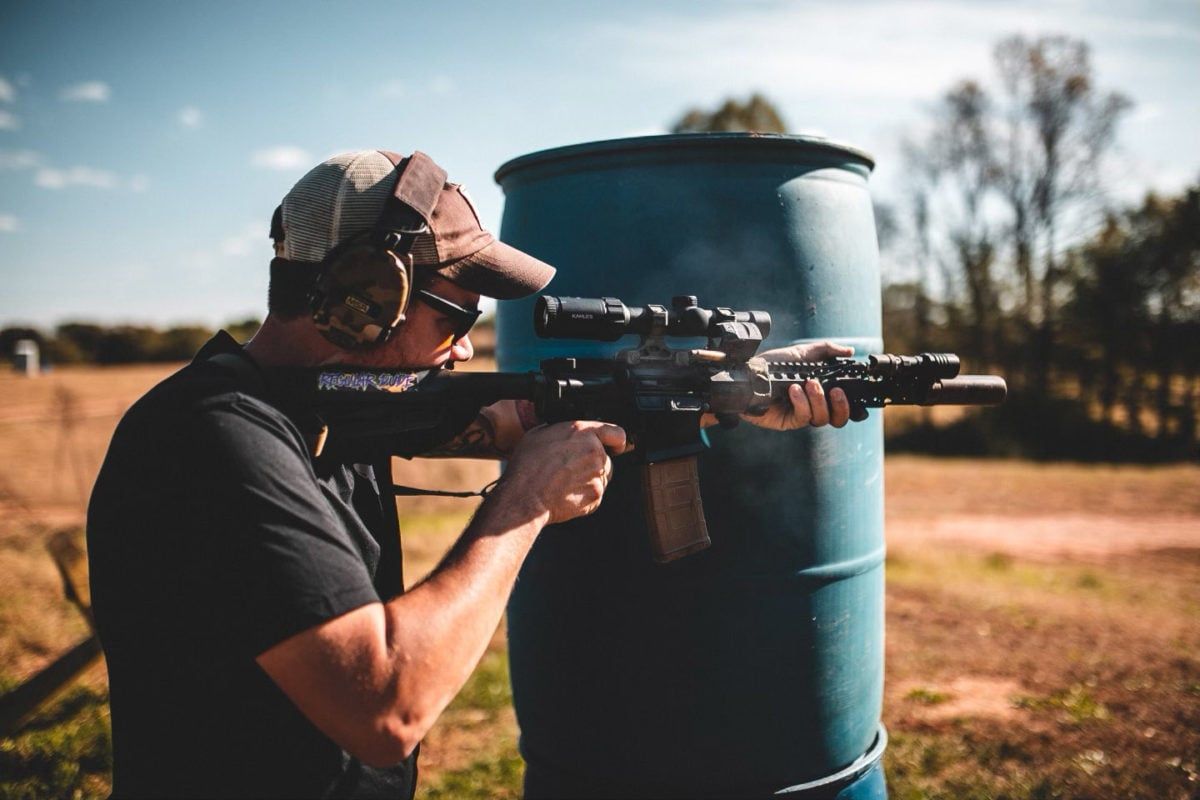
Q: I’ve seen user feedback on something like a 1-10x, where once you push it to 10x, performance isn’t what you might think it would be. Is there a realistic performance that we should expect?
Mark Smith – JBS Training Group – Absolutely. Let’s discuss the Gen III Razor 1-10x, as that is a hot optic right now. There is a lot of stuff that goes into an optic that has a range of that size. Coming from a 1-6x, when I go to a 1-10x, I will have to give up something. What I’m giving up is eye box, clarity, parallax…to be able to make that optic go to 10x.
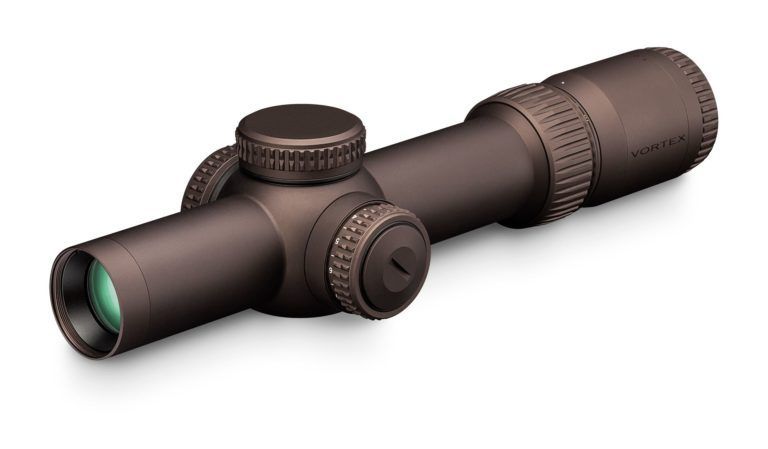
Vortex Razor HD Gen III 1-10×24
Here’s the thing with the Razor 1-10; I didn’t buy it because it goes to 10x. I bought it because I loved the reticle, the illumination, the turrets, and I love its performance at 1x. The performance at 1x is fantastic. All of those things outweigh what happens at 10x because most of the time, I don’t run it at 10. I find myself mostly running it at 6 or 8. The only time I find myself at 10 is if I am really trying to see something that’s way, way out there, or something that’s super tiny…perhaps I’m trying to see where bullets are hitting on a target at 100 yards.
I think there was a reason that the 1-10 was a 2-10 for a long time. Because getting that 1x was a lot to ask, and it caused some issues. Most of the time, you’ll find that the 2-10s are better at 10 than 1-10. It’s a give and take. From my personal experience, this is what I’ve seen. When we try to stuff a lot of magnification into a 1x optic, we’re going to give something up on the high end.
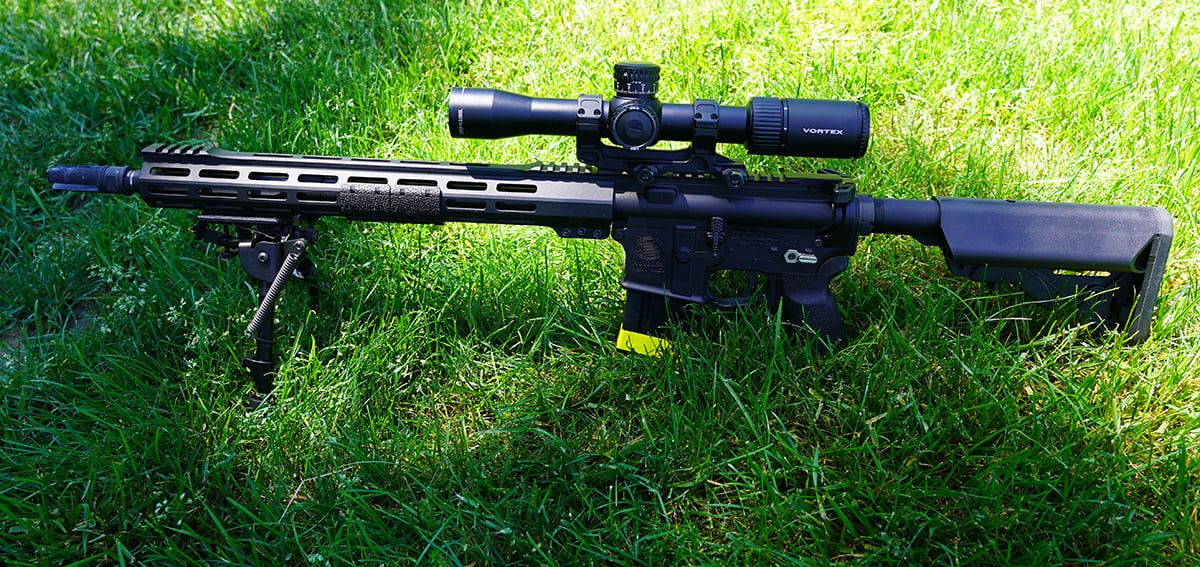
I find there is a sweet spot with the Razor. That 6-8x range is just great…and it has 10 if you need it. The same thing goes for 1-6s and 1-8s of the world.
Q: The 1-6 is still very viable then, correct? It’s not like its a range that is suddenly obsolete.
Mark Smith – JBS Training Group – For magnification on LPVOs as a whole, I think the 1-6x range is the sweet spot, simply because it fits the way shooters shoot, most often. Most people will not need more than 6 unless they are going beyond 300-400 yards. Most people don’t do that, and if they do, they are probably doing it on a flat range on a big piece of white steel in a green field.
Now for the guy who wants to go shoot a gas gun match out to 800, you might want to get that 1-10 so you can see a little bit better, or perhaps look into something like a 3-18, as again, it’s all about seeing what you are shooting at. Anything I need to see, I need to see clearly.
In conclusion, and in the interest of giving people advice that they can take and use, I’d say that they should take a look at the 1-6x options out there. Figure out what you’re doing, figure out what you want to do, figure out how to use it, and let it be a starting point. Or heck, start with a 1-8 or a 1-10. But do get out there and research the benefits of an LPVO.
I think many shooters do themselves a disservice not exploring this uncharted territory because they believe they can hit any target of any size at 300 yards with their red dot. I’d advise these shooters to research the benefits of having an LPVO and dive in.
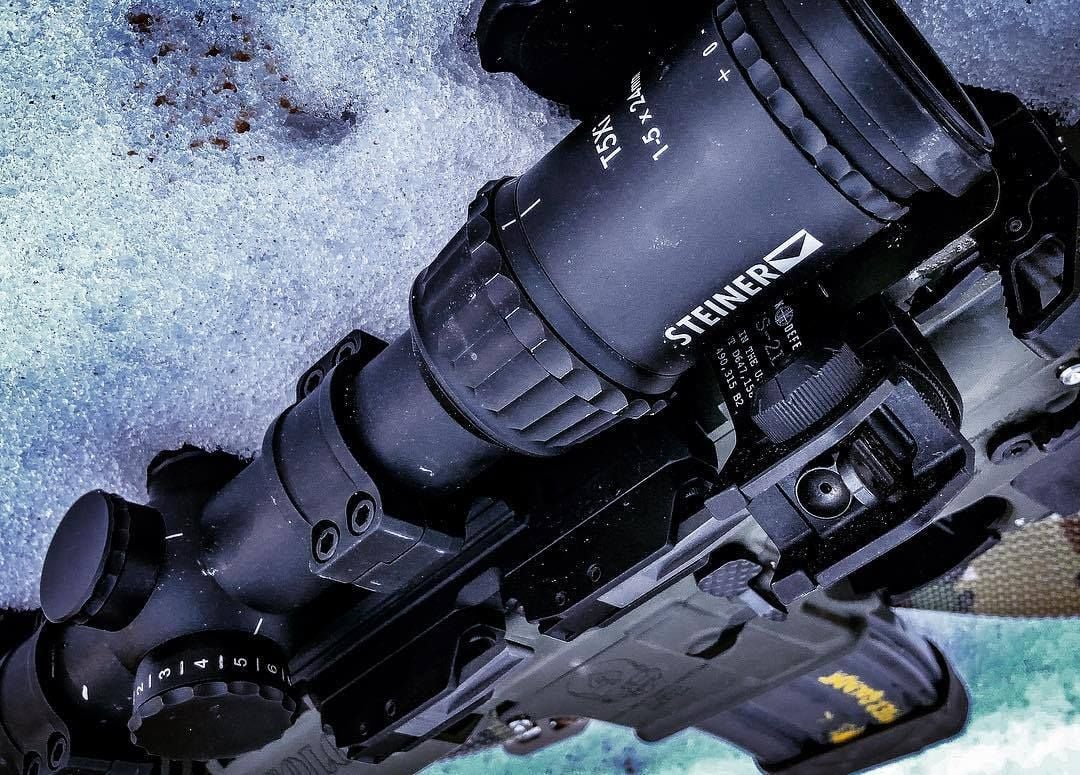
Q: For LPVO basics, can we talk about first vs. second focal plane? I think this is another thing that can be a bit intimidating.
Mark Smith – JBS Training Group – The focal plane indicates the relationship of the reticle to the magnification lens. With the first focal plane, the reticule within the optic grows with the image. As you dial up to 6 or 8 or 10, the reticle grows with the image. As the image is getting bigger, so is the reticle. With second focal plane, as you increase the image, the reticle does not grow with it. It stays the same throughout all magnification ranges.
Second focal plane optics are generally less expensive to make. This is why we see that a vast majority of our $1,000 and under optics are in the second focal plane. First focal plane just requires a bit more technology and engineering to do it, and it’s just a bit more expensive.
What’s the benefit of first focal plane? In our last article on LPVO basics, we talked about Mil reticles. Suppose I have a Mil reticle, and it’s in the second focal plane, meaning that it does not grow and shrink with the image. In that case, those Mils are only going to be accurate at the highest magnification range. The first focal plane’s beauty is that the reticle grows with the image, and it remains true throughout the entire magnification range.
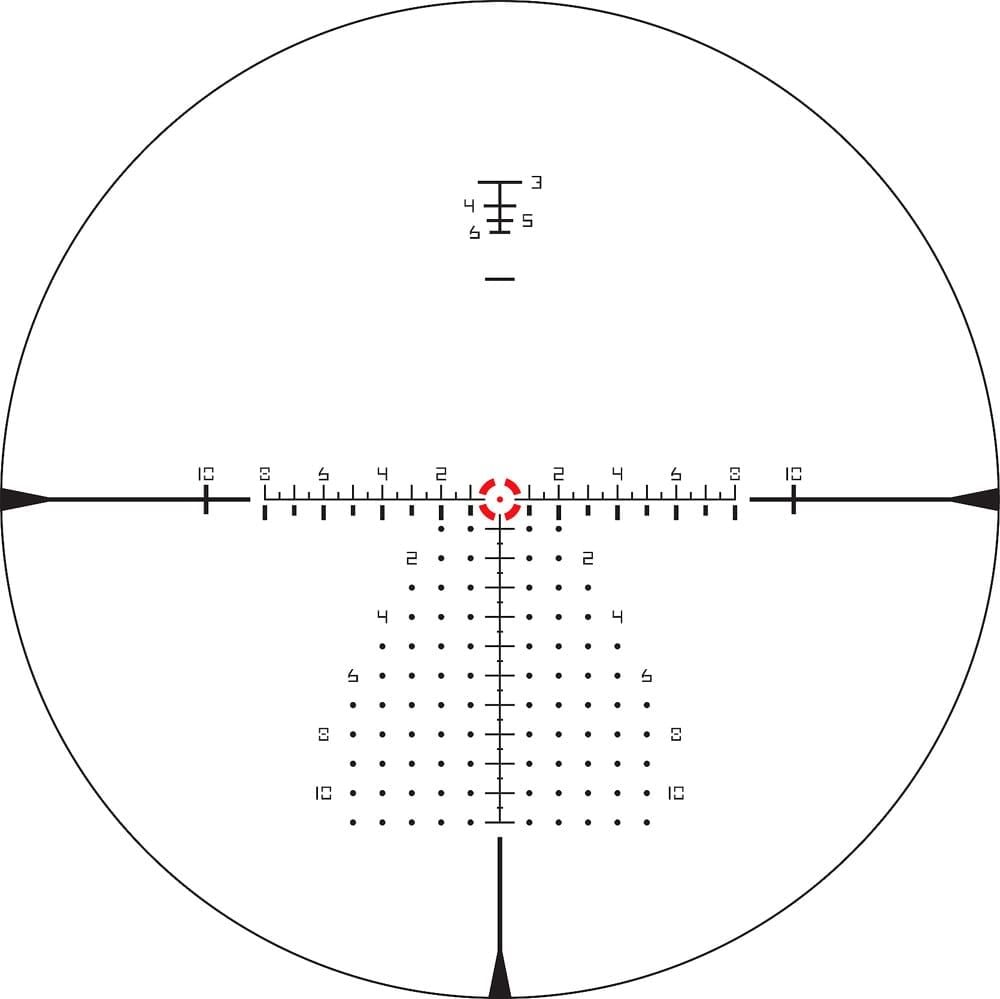
Q: That makes sense, but let’s say you’re shopping for your first LPVO. Which one do I want? Or is that too simplistic a question?
Which one do you want? Well, as I mentioned earlier, on a 1-10, I rarely dial to 10. On a 1-8, I rarely dial to 8. and because of that, for me, a first focal plane reticle is essential. I have to have it. I’ll explain why in a moment.
Now, on a 1-6 and under, we see a vast majority of people either shooting at 1x, or they’re shooting all the way magnified at 6x. There are very few times where I am dialing it to 3x. In that case, second focal plane is o.k. because I will be dialing all the way up to 6 anytime I am dialing anything. Every time I roll the magnification ring, I’m going all the way because there’s no drawback to it.
Now, on my higher magnification optics like a 1-8 or a 1-10, the higher I go on the magnification ring, the more the image shrinks, becomes constricted, and eye box issues can start to arise. As such, I may only want to dial to 6 on that optic. In that case, if I decide to shoot, I need that reticle to be true at whatever magnification range I have landed at.
So for 1-6x guys, I don’t care if it’s first or second focal plane. However anything over 6x, I want a first focal plane LPVO.
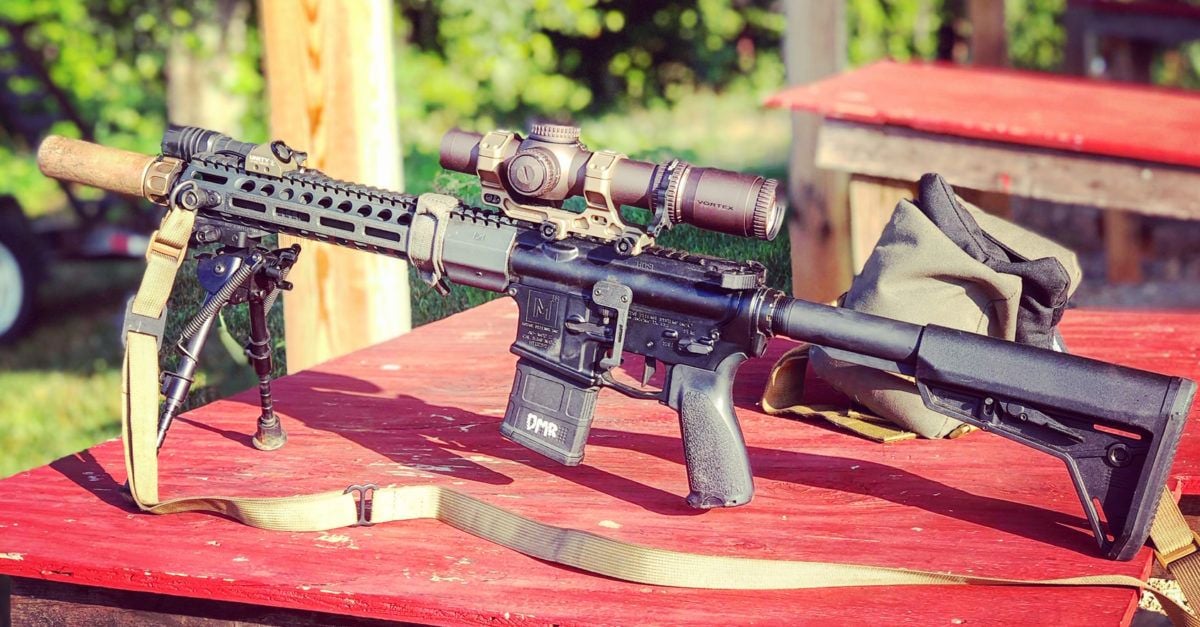
Q: Before we wrap up today, can we briefly talk about mounts for LPVOs? People buy the optic of their dreams and then realize that they need to spend more money on a mount. Can you talk about the importance of a good mount?
Mark Smith – JBS Training Group – If you were going to have open-heart surgery, and the surgeon was going to use a scalpel on your aorta, would you rather him have really solid, non-shaky hands, or would you rather him be handless and have a nub that they have taped a scalpel to?
The benefit you get from the tool you have chosen only goes as far as how solid it interfaces with the gun. It’s the same thing as people who go fishing for a 10-pound bass with a 2-pound test line. It’s not going to be enough for the amount of activity you are about to embark on.
Number one, the mount has to be machined precisely, perfectly. Perfection is achievable, and there are very few companies that do it, but that is very important. I need every aspect of the machining process to be perfect.
Then, I need the mount to be made of a material that will hold up over time. I drop my gun sometimes. Until I started traveling for teaching, I did not own a rifle case. I still don’t use the one I got unless TSA makes me. I put my guns in the back of my truck, on the seat, on the floorboard. I can do that because I know that the mount that I have chosen is so precise and solid that I don’t have to worry.
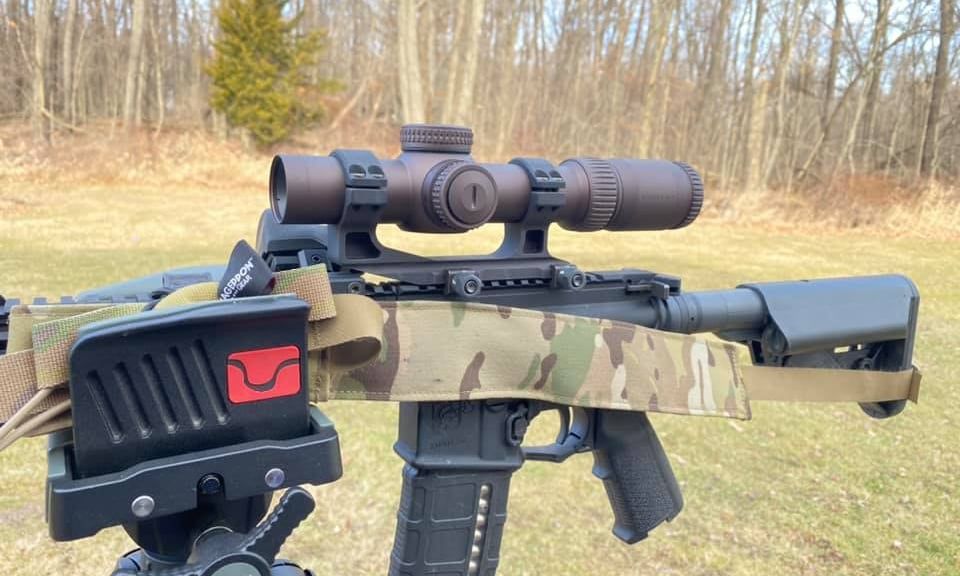
When we talk about LPVO basics, I think that that mount choice is very, very important. Still, in my experience, people are always trying to find a budget way around that. The real answer is that there is not a budget option out there. The design, engineering, material, and labor costs to make a good mount make them expensive.
I’ll then hear the argument that “well, I only shoot every now and then, so I’ll just get a 60 dollar mount.” Yeah, but this does not eliminate the fact that you need a good mount to make good shots and have a solid gun when you do shoot. No matter your participation level, a good mount is just as important as a good optic and just as necessary as a good rifle. Rule number one for shooting is that the system must work. If that is not the case, then we’re going to be continually chasing problems.
Q: Can you talk about quick detach mounts versus bolt-on mounts?
Mark Smith – JBS Training Group – A lot of guys have the idea that their optic will die in the heat of the greatest battle the world has ever seen, and they are not going to be able to get their scope out of the way to able to go to their back-up irons. I tell you the truth (Matthew 18:3), for a lot of guys, those back-up irons are not even zeroed. They just put the irons on because the internet will make fun of them if they don’t have them.
For me, I negate the need for a quick detach mounts by having an offset red dot. I think that bolt-on is a more secure design than a quick detach mount. Now, that does not mean that quick detach mounts are necessarily flawed. It just means that something’s got to win. The bolt-on is just the sturdier of the two.
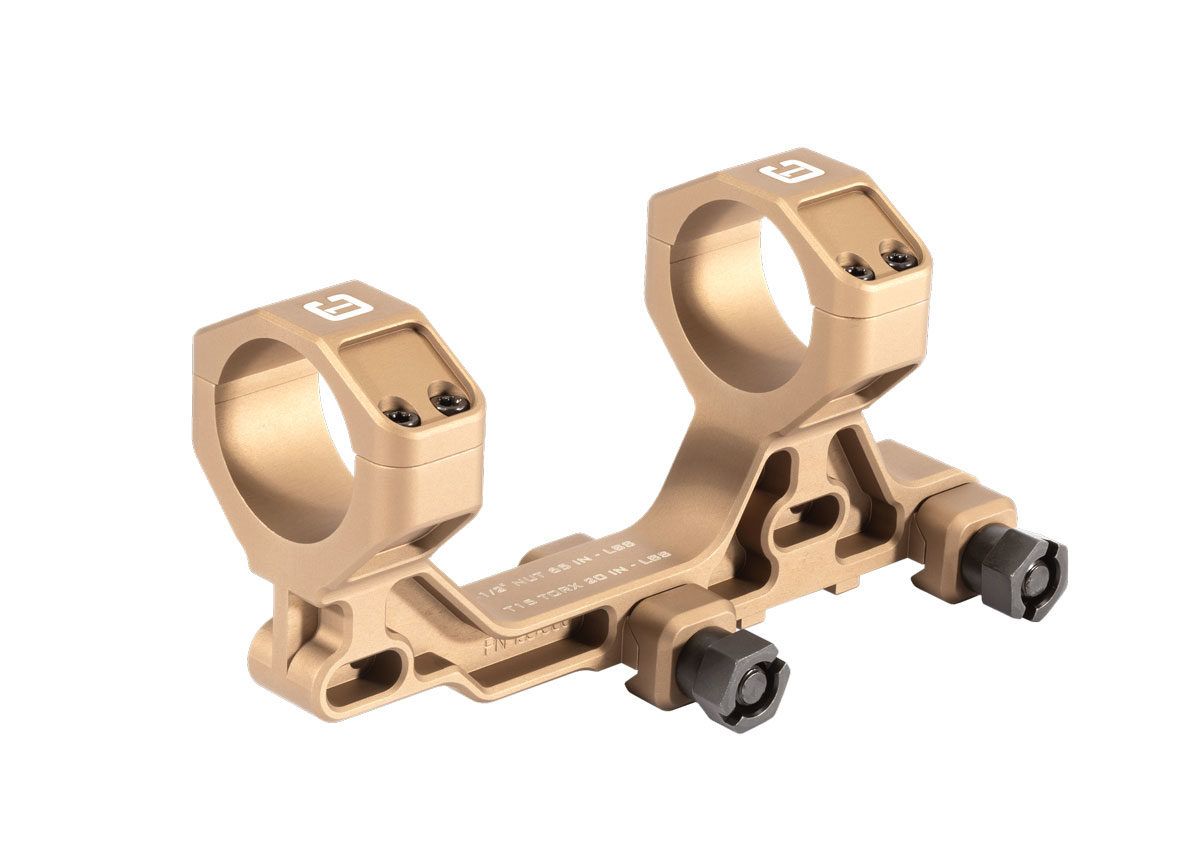
Bolt-ons also remove a lot of user error when we detach and reattach, as it pertains to return to zero. The return to zero on a good bolt-on like a Badger Ordnance is almost absolute. It is within a half-MOA if torqued back to the same torque value it was initially installed at. The same thing applies for quick detach mounts, but the problem is most people don’t follow the manufacturer’s instructions on how to reattach. To circumvent all of that potential for error, I just recommend using bolt-on mounts paired with an offset red dot and/or offset irons.
###


